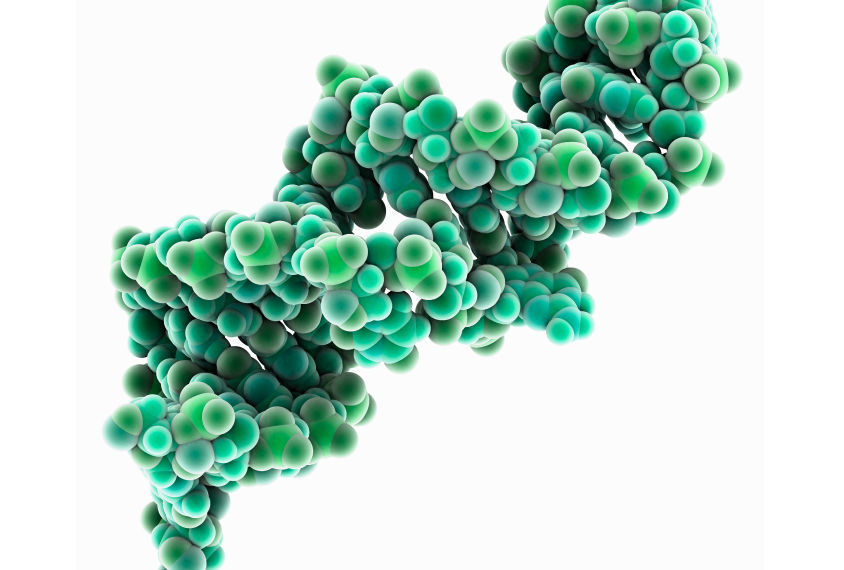
Laguna Design / Science Photo Library
THIS ARTICLE IS MORE THAN FIVE YEARS OLD
This article is more than five years old. Autism research — and science in general — is constantly evolving, so older articles may contain information or theories that have been reevaluated since their original publication date.
A new atlas maps the locations of nearly 30,000 noncoding RNAs — genetic messages that are not translated into proteins but may modify the expression of genes1.
The atlas focuses on noncoding RNAs that are longer than 200 nucleotides. These so-called ‘long noncoding RNAs’ (lncRNAs) are implicated in autism.
Researchers have sequenced tens of thousands of lncRNAs, but had not pinpointed their locations in the genome, which can offer clues to function. For example, the DNA that codes for some lncRNAs lies within regions that enhance gene expression. Other lncRNAs originate from DNA segments that activate genes.
The new atlas, described 9 March in Nature, combines data from four genetic databases: GENCODE, Human BodyMap, miTranscriptome and ENCODE. These resources contain RNA sequences or corresponding DNA sequences from multiple studies and a range of cell and tissue types.
Researchers supplemented the pooled data with RNA sequences from FANTOM, a collaborative project that identifies regulatory elements in the mammalian genome. The collection includes data that pinpoint the start of DNA segments that code for RNA.
After statistically analyzing the combined data, the researchers tracked the location of 27,919 lncRNAs.
Based on this information and lncRNAs’ known roles in other species, the researchers concluded that about 69 percent of the lncRNAs regulate other genes. These lncRNAs are more likely to dial up gene expression than to simply switch genes on.
Roughly 85 percent of the lncRNAs from the FANTOM collection show higher expression levels in certain cell and tissue types. Some of the lncRNAs expressed at higher levels in human brain tissue land near mutations linked to autism. This finding hints at a role for lncRNAs in regulating autism genes.
Researchers can browse the atlas online to view the locations of lncRNAs in the genome and explore their connections to specific genes and conditions.
By joining the discussion, you agree to our privacy policy.